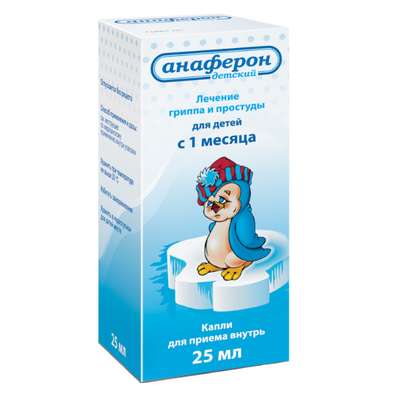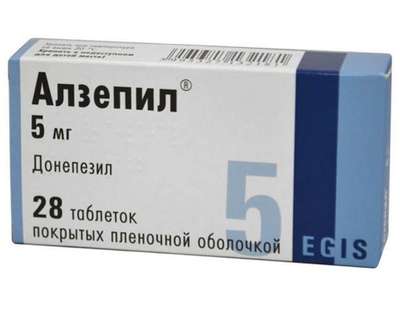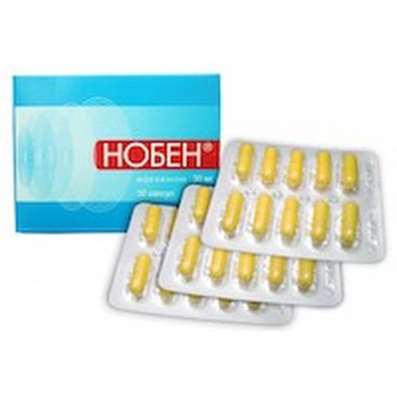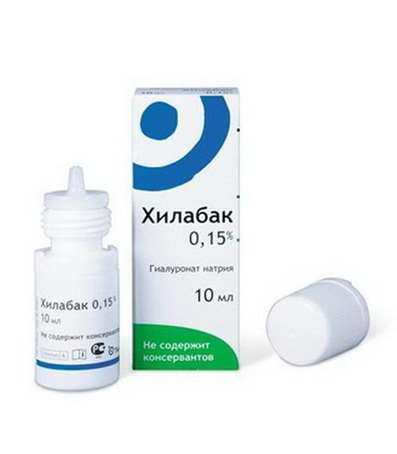Instruction for use: Climara
I want this, give me price
Active substance: Estradiol
ĀŌÕ Code: G03CA03 Estradiol
Pharmacological groups
Estrogens [Estrogens, gestagens; their homologs and antagonists]
Estrogens [Antitumor hormonal agents and hormone antagonists]
Nosological classification (ICD-10)
E28.3 Primary ovarian failure
Hypogonadism of the ovary (primary), Hypofunction of the ovaries, Estrogen deficiency, Insufficient estrogen content in the body, Insufficiency estrogenic, Insufficiency of estrogens, Primary dysfunction of the ovaries, Estrogen-deficient conditions
M81.0 Postmenopausal osteoporosis
Menopause osteoporosis, Osteoporosis in menopause, Osteoporosis in menopause, Osteoporosis in postmenopausal women, Osteoporosis in the postmenopausal period, Postmenopausal osteoporosis, Osteoporosis in postmenopausal women, Perimenopausal osteoporosis, Postmenopausal osteoporosis, Post-menopausal osteoporosis, Postmenopausal osteoporosis, Postmenopausal demineralization of bones, Osteoporosis with estrogen deficiency, Osteoporosis in postmenopausal women, Osteoporosis in postmenopausal women and after hysterectomy
N95.1 menopausal and menopausal status of women
Atrophy of the mucosa of the lower genital tract, caused by estrogen deficiency; Vaginal dryness; Autonomic dysfunction in women; gipoestrogeniya state; Deficiency of estrogen in menopausal women; Degenerative changes of the mucous membrane in the menopause; Natural menopause; an intact uterus; climacteric; Menopause women; Menopause in women; menopausal depression; Climacteric ovarian dysfunction; Menopause; Climacteric neurosis; Menopause; Menopausal symptoms complicated psychovegetative; Climacteric syndrome; Climacteric vegetative disorders; Climacteric psychosomatic disorder; menopausal disorders; Menopausal disorders in women; menopausal condition; Climacteric vascular disorders; Menopause; Menopausal vasomotor symptoms; menopausal period; Lack of estrogen; Feeling the heat; Pathological menopause; perimenopause; menopause; postmenopausal; Premature menopause; premenopauznom period; tides; hot flashes; flushing in the Meno and postmenopausal; Hot flashes / hot flashes in menopause; Heart attack during menopause; Early menopause in women; Disorders of menopause; climacteric syndrome; Vascular complications of menopause; Physiological menopause; Estrogendefitsitnye state; premature Menopause
Composition
Plaster - transdermal therapeutic system 3.9 mg / 12.52 / 7.8 mg / 252 1 plaster
active substance:
Estradiol hemihydrate 3.9 / 7.8 mg
auxiliary substances: (poly (acrylamide-to-isooctyl acrylate-to-vinyl acetate 5:75:20) 99.9 / 99.9 mg, ethyl oleate 19.25 / 19.25 mg, isopropyl myristate 9.65 / 9, 65 mg, glycerol monododecanoate 4.8 / 4.8 mg, PE film (LDPE) 12.5 / 25 cm2
Description of dosage form
The patch is oval (about 4.5 cm by 3.3 cm, which corresponds to 12.5 cm2) consisting of a transparent carrier film with a transparent homogeneous matrix containing the active substance.
The patch is oval (about 6.3 cm by 4.7 cm, which corresponds to 25 cm2) consisting of a transparent carrier film with a transparent homogeneous matrix containing the active substance.
pharmachologic effect
The pharmacological action is estrogenic.
Pharmacokinetics
Estradiol is released from the patch (daily 50 μg) and transdermally enters the bloodstream at a constant rate, maintaining a predetermined level of the hormone in the plasma.
Indications of Climara
Replacement hormone therapy for disorders caused by natural or surgical menopause (only in the case of non-cancer diseases): vasomotor symptoms (hot flashes, sweating), sleep disorders, atrophic processes.
Prevention of postmenopausal osteoporosis.
Contraindications
Hypersensitivity, breast tumors, endometriosis, liver tumors, tumors that depend on sex steroid hormones, vaginal bleeding of unclear etiology, thromboembolic processes (thrombophlebitis, thrombosis), pregnancy, breast-feeding.
Application in pregnancy and lactation
Contraindicated in pregnancy. For the duration of treatment, breastfeeding should be discontinued.
Side effects
Below is the information on the frequency of adverse events with the use of the drug ClimaraŽ (MedDRA - Medical Dictionary of Regulatory Activity). The information is based on clinical research data. The most frequent adverse reactions reported during clinical trials were skin irritation at the site of application and pain in the mammary gland (> 10%). Local symptoms at the site of application are mostly mild and include redness, itching, burning and vesicle formation.
From the GI tract (gastrointestinal tract): often (≥1 / 100 and <1/10) - abdominal pain, bloating, nausea.
General and local reactions: often (≥1 / 100 and <1/10) - edema at the site of application of the patch.
From the musculoskeletal system, connective tissue: infrequently (≥1 / 1000 and <1/100) - muscle cramps
From the side of the nervous system: often (≥1 / 100 and <1/10) - headache, dizziness; infrequently (≥1 / 1000 and <1/100) - a migraine.
On the part of the reproductive system, the mammary glands: often (≥1 / 100 and <1/10) - engorgement of the mammary glands, a change in the character of breakthrough bleeding and spotting discharge from the vagina; infrequently (≥1 / 1000 and <1/100) - an increase in mammary glands.
Other: often (≥1 / 100 and <1/10) - changes in body weight.
With estrogen replacement therapy, other adverse events have been reported, but their association with the use of the ClimaraŽ preparation can not be either disproved or proven.
Congenital inherited genetic diseases: worsening of symptoms of concomitant porphyria.
From the digestive tract (gastrointestinal tract): vomiting.
From the side of the liver: cholestatic jaundice.
Mental disorders: a change in libido.
From the side of the reproductive system, the mammary glands: a change in the size of the uterus leiomyoma, changes in the cervical secretion in the volume.
Skin and subcutaneous tissues: chloasma or melasma, which can persist after drug withdrawal, allergic contact dermatitis, post-inflammatory itching, generalized exanthema.
In women with hereditary forms of angioedema, exogenous estrogens can cause or worsen symptoms of angioedema (see "Special instructions").
Dosing and Administration
On skin.
Treatment of symptoms of climacteric syndrome. Treatment begins with the lowest dose of ClimaraŽ patch. If necessary, you can use a higher-dose patch. After choosing the dose, the lowest effective dosage of the patch should be used to alleviate the symptoms.
Prevention of osteoporosis. Treatment for the prevention of postmenopausal bone loss should be started immediately after the onset of menopause. Long-term treatment based on an individual approach is recommended. Treatment should be carried out either in a continuous or cyclic mode.
In the transition from long-term continuous or cyclic therapy: treatment should begin the day after the end of the previous treatment regimen. Therapy with estrogen alone is used if the woman has a hysterectomy. In women with an intact uterus, the progestogen should be added to the KlimarŽ treatment for 10-14 days each month. When using a patch that releases more than 50 μg of hormone / day, there was no protective effect on the endometrium with the addition of progestogens.
The patch should be attached weekly in a constant mode, each used patch should be removed after 7 days, after which the fresh patch is attached to another place. Plasters can also be recommended for treatment in a cyclic mode. In this case, the patch is attached weekly for 3 consecutive weeks (week), followed by a 7-day interval without attaching the patch until the next course of treatment.
Menstrual-like bleeding normally develops 2-3 days after stopping the use of gestagens.
Method for attaching the patch. After removing the protective film, the ClimaraŽ patch is attached by the adhesive side to a clean, dry area of the skin along the spine or on the buttocks. ClimaraŽ should not be attached to or close to the mammary glands. The site chosen to fix the patch should not be fatty, damaged or irritated; when rubbing with tight clothing, the adhesive tape may become unstuck. Avoid sticking the patch on those areas of the skin where the patch can move in the sitting position. The patch should be attached immediately after opening the package and removing the protective film. The patch should be firmly pressed by the palm to the fixation site for about 10 seconds. It is necessary to make sure that there is good contact with the skin, especially around the edges. If the adhesive tape does not fit tightly, for better adhesion, you should press on it. Place of application should be changed at intervals of at least 1 week between applications. If the patch is attached correctly, the patient can wash herself in the bath or shower, as usual. However, the patch can peel off from the skin under the influence of very hot water or in the sauna.
Untimely replacement or loss of plaster. In case of peeling off the patch before the end of the 7-day course of treatment, it can be tried to stick again. If necessary, you can paste a new patch for the remaining days from the 7-day interval of use.
If the patient has forgotten to replace the patch in time, the replacement should be made as soon as possible after establishing the fact of the pass. A new patch should be used after the end of a normal 7-day treatment period.
Precautionary measures
Before the start of the application, a complete general medical and gynecological examination (including breast examination, cytology of the cervical smear), and pregnancy elimination should be performed. Do not put the band-aid on the area of the mammary glands or waist. If the patch is applied correctly, then you can take a bath or shower, but you need to take into account that in hot water the patch can get unstuck. It is necessary to inform the attending physician about the presence of diabetes mellitus, hypertension, varicose veins, otosclerosis, multiple sclerosis, epilepsy, porphyria, tetany, small chorea, heart failure, liver or kidney function disorders, migraine, and simultaneous intake of barbiturates, phenylbutazone, hydantoin , rifampicin, the appearance of irregular bleeding or unusually heavy bleeding in the period between use of the drug, discomfort in the epigastric region.
In the treatment process, it should be borne in mind that prolonged use of only estrogens in the climacteric period can lead to endometrial hyperplasia and increase the risk of developing endometrial cancer. To reduce the risk of developing endometrial cancer, an additional progestogen should be taken (usually for 10-12 days per month), which leads to a transition of the mucous membrane of the uterus to the secretory phase, with its rejection and subsequent menstrual bleeding after discontinuing progestogen administration.
Form of issue
Plaster - transdermal therapeutic system 3.9 mg / 12.52; 7.8 mg / 252. In the contour non-cellular package 1 pc. In a carton box 4 packs.
Conditions of leave from pharmacies
On prescription.
storage conditions
At a temperature not exceeding 30 ° C.
Keep out of the reach of children.
Shelf life
3 years.
Do not use after the expiry date printed on the package.

 Cart
Cart





